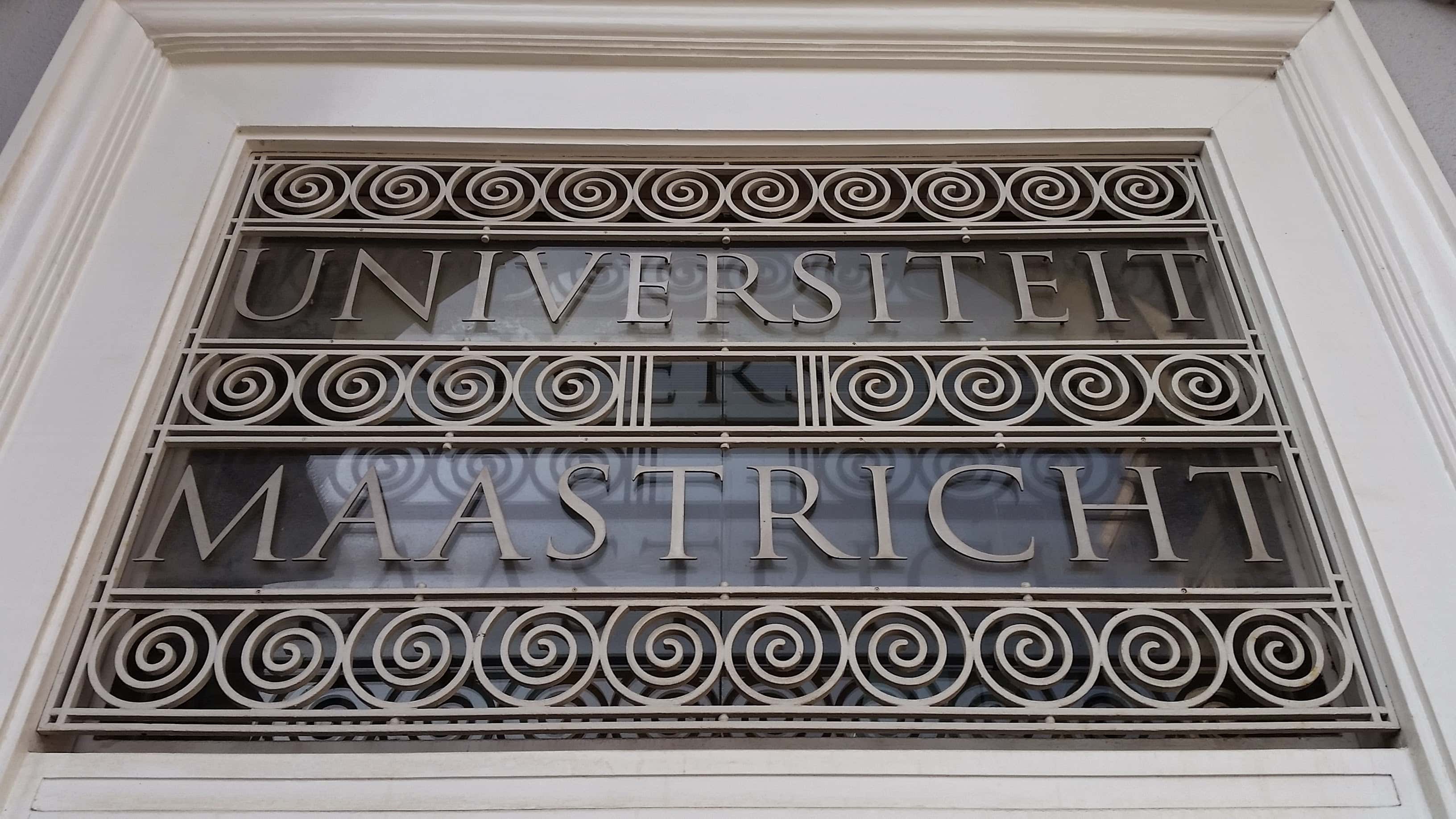
Johannes Berger was 14 when he first came into contact with programming at school. At the time he bought a book to learn more about it. But the book didn’t make it any easier to get into the subject. Later on, he noticed during his computer science studies that many of his fellow students also had difficulties. Berger recalls that the courses offered at the university were far from practical. At the same time, he spent a lot of time using social media while on public transport. He figured that his time could be used much more sensibly.
It was during his studies that he came up with the idea of teaching programming using an app. In an interactive way and having fun doing it. By 2016, this idea had evolved into the start-up company Mimo, which he now runs together with the three other co-founders.
CEO Johannes Berger in an interview with Innovation Origins:

What was the main obstacle that you had to overcome?
The transition from being involved in a project to getting a start-up up and running. We ran the project for a year alongside our studies. Then we wanted to get funding so we would no longer need a job. The process was not easy. We had to have complete faith in our project. Mid-2016 we went to Berlin for three months to participate in the TechStars Accelerator. We secured our first funding there and started our own company shortly after that.
Our team of founders brought with us our own knowledge and experience across very diverse areas. Development, design business management, and so on. That was extremely helpful. The requirements for a start-up are multifaceted and we were able to cope with these relatively well using our own skills when we started out.
How can you learn programming with your app?
Our concept is based on evidence-based educational research and essentially on a four-step model: Introduction, recognition, recall, and reproduction. Learning in small blocks works better. This has been proven. That’s why we focus on very concise units and increase the level of proficiency step by step. We’ve developed our own concept for the programming steps, which also includes tests for users. At the moment we have a team of four teachers on board so we can further develop our learning approach and expand our range of courses.
One point we’re just starting to address: Not merely teaching users to program, but giving them the feeling that they can do it. There were more women than men in the field of computer science during the post-war period. In the early 1980s, almost 40% of computer science students were female even back then. But today, 80% of developers in Austria are male.
There are more men than women who are creating teaching materials and courses – and they’re once again targeting a mainly male audience. This, therefore, becomes a self-fulfilling prophecy. We want to appeal to women and men in equal measure and remove any unconscious biases. Learning to program can be beneficial for both women and men because it offers a valid career path.

What is your business model?
The app can be downloaded free of charge from the App Store or Google Play Store. For the most part, it is used free of charge by our users. Additional features cost €10 per month or €60 per year. At the moment, we generate revenue exclusively through our subscription services. This means we are no longer dependent on any extra investment.
What have been the best moments so far?
When users write to us and tell us what they have learned from our app – and how it has improved their lives. One user set up her own start-up company and used her acquired knowledge to create her first prototypes. It really motivates us to see that we are not only teaching our users programming, but also a skill that has the potential to change their lives.
As an Austrian start-up – why are you so successful in America?
In America, programming is considered more important than it is in Europe. Around 80% of American students say that programming is becoming part of the professional world and everyday life. They have already recognized the potential of programming. That will eventually happen in Europe too.
In that case, wouldn’t America be a better location?
Yes and no. We only target end users and this can be done from any location. When it comes to research and development, we have access to some extremely talented people in Vienna – partly on account of immigration from Eastern Europe. Moreover, the costs for employees in Austria are lower. Seen in that light, Vienna makes sense.

What are your plans for Mimo?
We want to become the largest programming platform and reach masses of people – to show them that learning programming can also be very easy; and that there is an advantage to acquiring digital literacy.
What makes your app better/different from others that already exist?
If you own a smartphone, you can use our app anytime, anywhere, and learn programming within a short period of time. Moreover, you can dive right in, regardless of your background knowledge. Everybody can learn programming with us. This is also the feedback that we get from our users.
Hiring anyone?
At the moment we are mainly interested in developers.
Are you interested in start-ups? Read all articles from our IO series here!
More IO articles on educational themes and programming, etc via this link.
Also interesting:
Triply arranges transport for youth to festivals & events







